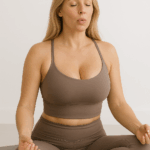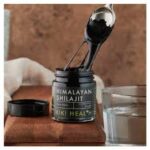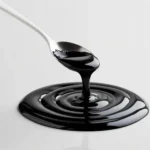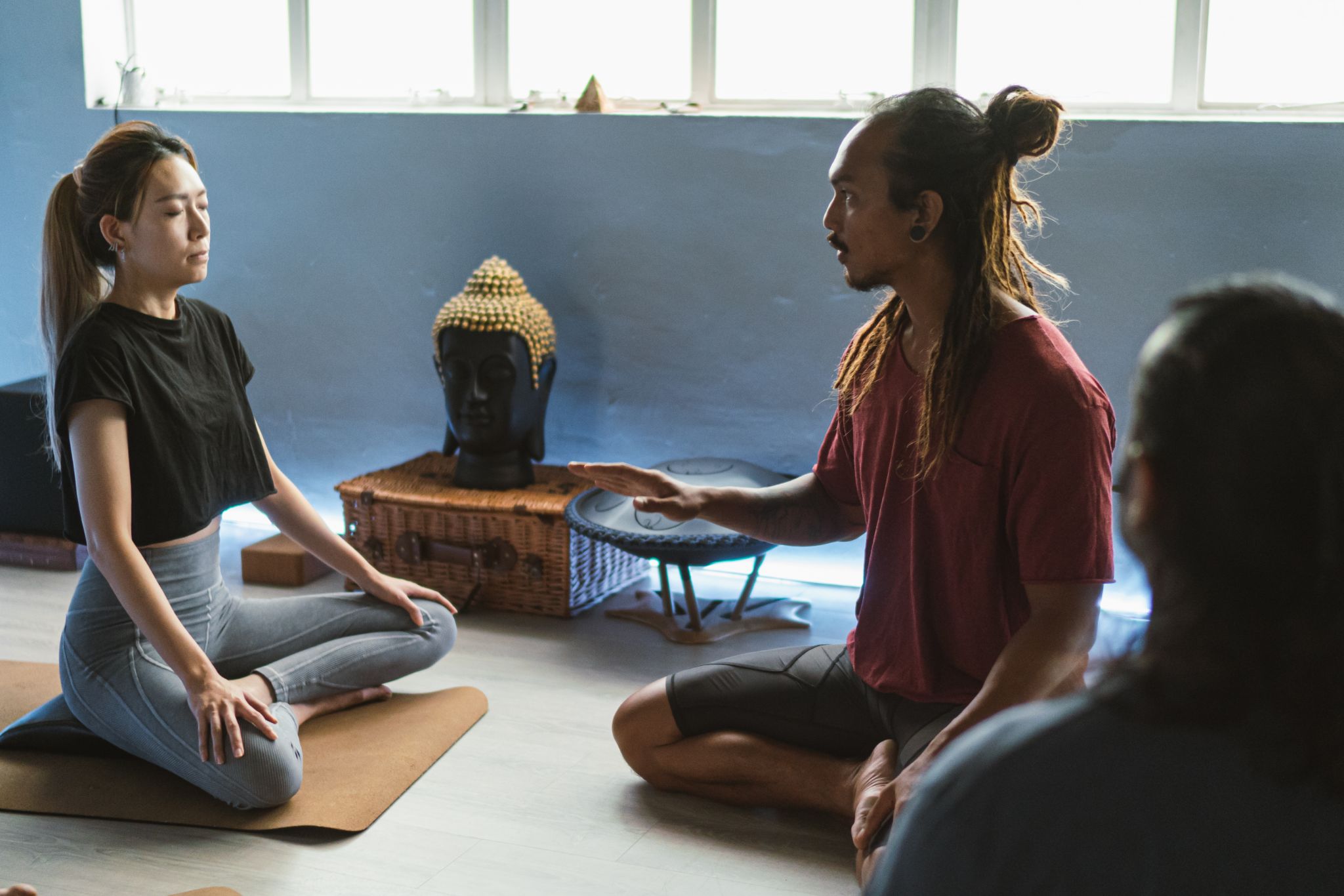
“The shock of cold water against my skin was jarring at first, but as I took a deep breath and focused my mind, I felt a sense of calm wash over me. It was in that moment, immersed in icy water, that I realised the true power of meditation and the unexpected benefits of cold water immersion.” The revivial of an ancient practice lost & found.
Cold water therapy
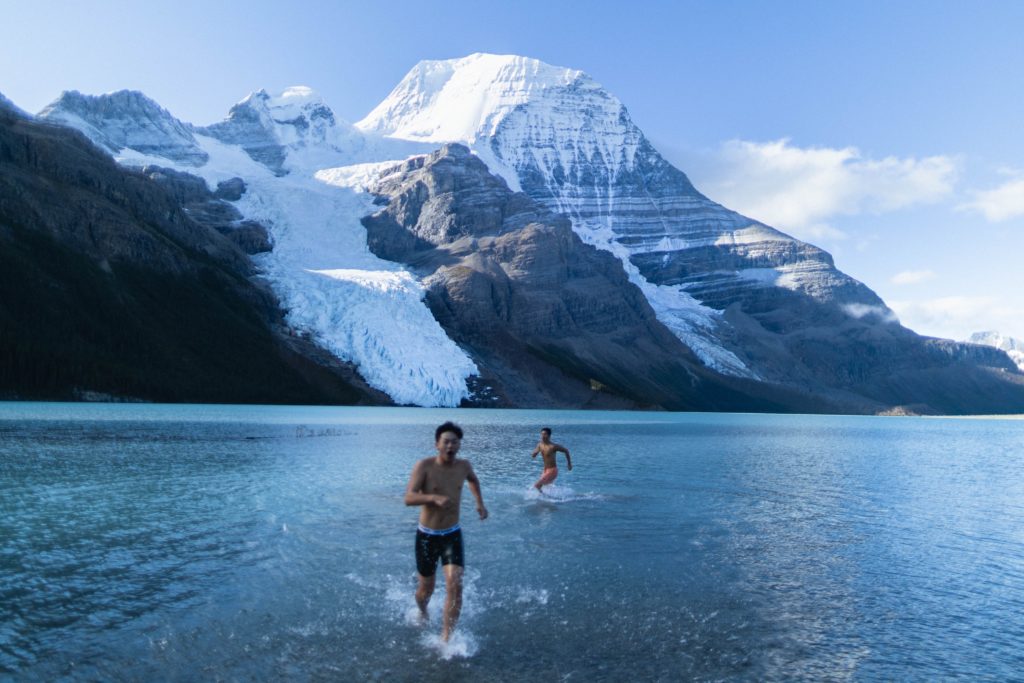
As a wellness enthusiast, I have always been fascinated by the power of nature to heal and rejuvenate the body and mind. One of my favourite practices in this regard is cold water therapy, which involves immersing oneself in ice cold water for a period of time.
For most people when asked, the idea of plunging into icy water(ice bath) is just bloody uncomfortable, however, the advantages of cold exposure practice are truly remarkable. For one, cold water therapy AKA ice baths/ cold water exposure/ cold body therapy has been shown to boost the immune system, increase circulation, and improve cardiovascular health. Additionally, it can reduce inflammation, alleviate muscle soreness, and promote mental clarity, focus, & relaxation via the parasympathetic nervous system.
So how does cold water therapy work? When the body is exposed to cold temperatures(yes freezing water), it triggers a cascade of physiological responses designed to protect the body from harm. These responses include vasoconstriction (narrowing of the blood vessels) and the release of stress hormones such as adrenaline and noradrenaline. Over time, repeated exposure to cold therapy can help to strengthen the body’s resilience and adaptability, leading to a stronger immune system and improved overall health.
There are many ways to practice cold water therapy, from taking cold showers to jumping into a cold lake or river(winter). It’s important to start slowly and gradually build up to longer periods of exposure, as extreme cold temperatures can be dangerous if not approached with caution. As an avid mediation practitioner, I find that incorporating cold water therapy into my daily routine helps to deepen my connection to nature and bring me into a state of calm and presence. With so many physical & mental health benefits, i try to get in as much in my lifestyle.
Cold water swimming
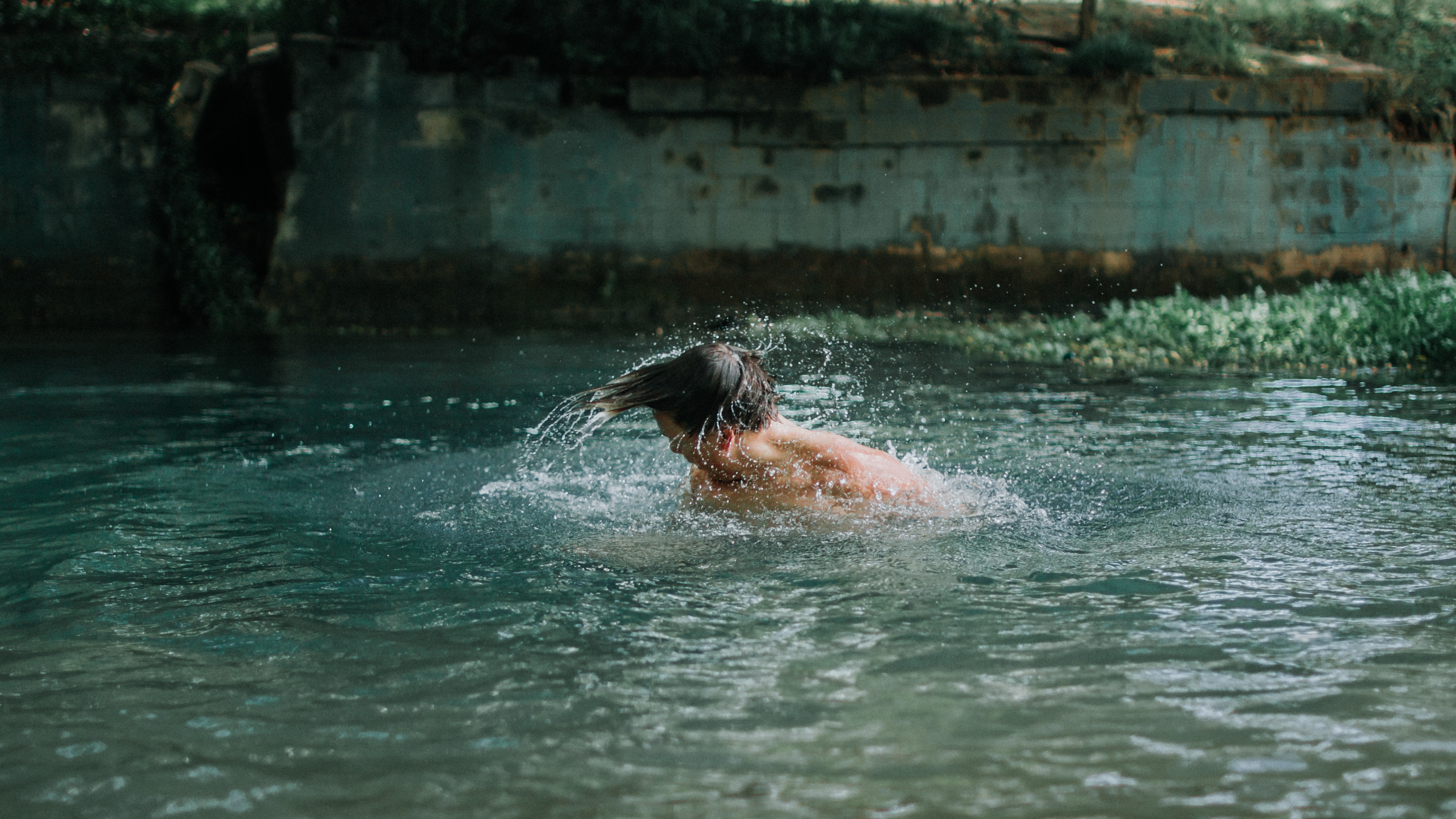
As a welness advocate who is passionate about wellness and the healing power of nature, I have always been intrigued by the practice of cold water immersion. Living in Singapore, where the temperatures can soar to uncomfortable levels, I have found that one of the best ways to enjoy cold water therapy is through early morning cold water swimming.
For me, the best time to take a cold water swim in Singapore is just as the sun is rising. The peacefulness and stillness of the morning is unparalleled, and the cool, refreshing water is the perfect way to awaken the senses and invigorate the body for the day ahead. In my opinion, the best location for a cold water swim in Singapore is Tanjong Beach on Sentosa Island. This secluded beach is surrounded by natural beauty and is far from the hustle and bustle of the city, allowing for a truly immersive experience in nature.
While the waters of the equator may not be as cold as those in other parts of the world, I have found that the cool temperature of the water is still enough to provide many of the benefits of cold water therapy. A cold water swim in Singapore can still help to reduce inflammation, boost circulation, and promote overall wellbeing. Additionally, the early morning hours offer a chance to connect with nature and cultivate a sense of inner peace and stillness.
Overall, I believe that cold water swimming in Singapore is a wonderful way to incorporate the practice of cold water therapy into one’s daily routine. While the temperatures may not be as extreme as those found in other parts of the world, the benefits are still there for those who are willing to take the plunge. So, whether you are a seasoned cold water swimmer or are just starting out on your wellness journey, I encourage you to give it a try and experience the transformative power of cold water immersion for yourself.
Cold showers

As a practitioner of cold water therapy, I understand that the shock of a cold shower can be uncomfortable, especially for those who are new to the practice. However, I have found that there are ways to make cold showers in Singapore more manageable and enjoyable.
One technique that I personally use is to keep a jug of cold water in the fridge and pour it over myself to signal the end of my shower. This allows me to still enjoy the warmth of the shower while incorporating the advantages of cold water therapy. The cool water from the fridge provides a refreshing sensation that wakes up my body and mind, leaving me feeling invigorated and ready to take on the day.
In fact, there are several benefits to using cool water during a shower in Singapore. Not only does it provide the benefits of cold water therapy, but it can also help to soothe the skin and prevent irritation from the hot and humid weather. Additionally, using cool water during a shower can reduce water usage and lower your water bill.
Of course, it is important to note that the temperature of the water should be gradually decreased over time to avoid any sudden shock to the system. By starting with lukewarm water and gradually decreasing the temperature with the addition of cold water, you can build up your tolerance to the cold and fully reap the benefits of this practice.
So you can see, incorporating cool water into your shower routine in Singapore is a simple and effective way to enhance your overall wellbeing. So, whether you prefer to use cold water, or ice cubes from the fridge or gradually decrease the temperature of the shower, I encourage you to give it a try and experience the transformative power of cold water therapy for yourself.
Meditation

As a meditation teacher, I have found that combining mindfulness with breathing techniques can be one of the most effective ways to help students deepen their practice and achieve a state of inner calm and stillness.
Meditation and mindfulness are powerful tools for cultivating awareness and presence, while breathing techniques such as pranayama can help to regulate the breath and bring the body and mind into a state of balance. When used together, these practices can have a synergistic effect that can enhance their individual benefits and lead to a more profound sense of inner peace and harmony.
One of the key reasons why mindfulness and breath work complement each other so well is that they both involve putting focus on the present moment. Mindfulness meditation involves bringing awareness to the present moment, without judgment or distraction, while pranayama involves regulating the breath in the present moment. By combining these practices, we can cultivate a deep sense of presence and awareness that can help us navigate the challenges of daily life with greater ease and grace.
In my breathwork classes, I often teach breathing techniques such as alternate nostril breathing, ujjayi breath, and deep belly breathing in conjunction with mindfulness meditation. These techniques help students to regulate their breath and relax their mind, making it easier to focus on the present moment and cultivate a sense of inner peace and stillness.
Overall, I believe that combining mindfulness with breathing techniques can be one of the most effective ways to enhance the benefits of these practices and achieve a state of deep inner calm and stillness. Whether you are new to meditation and mindfulness or a seasoned practitioner, I encourage you to explore the many benefits of combining these practices and see for yourself how they can transform your life.
Combine breathwork & ice baths
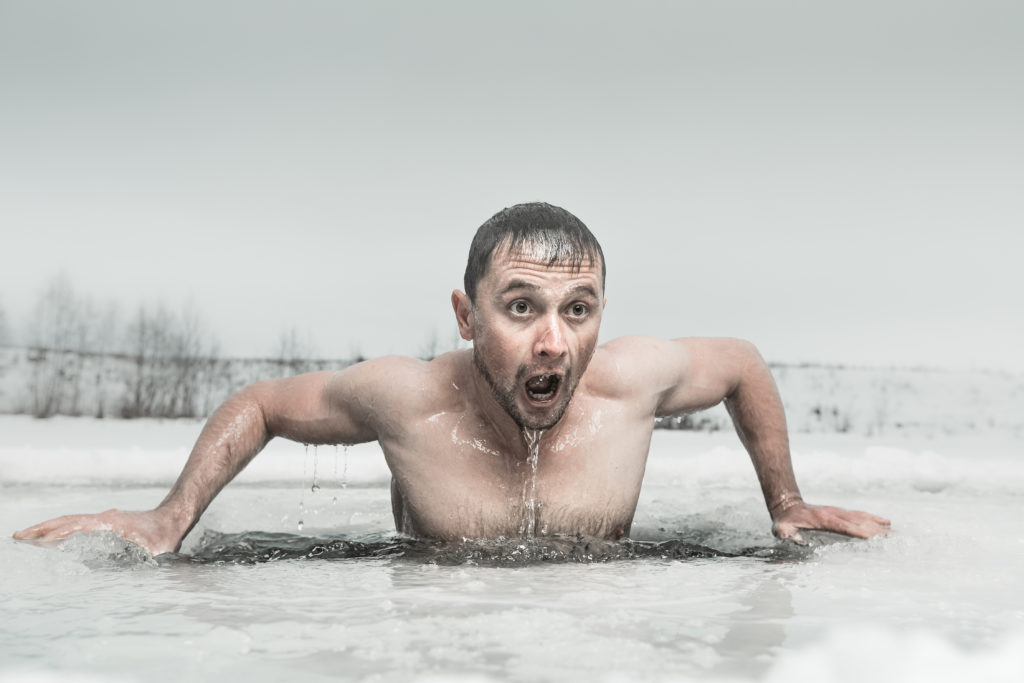
As a wellness enthusiast, I have always been fascinated by the transformative power of cold water therapy and breathwork. In recent years, I have discovered the incredible benefits of combining these practices through the use of ice baths, or cold water immersion.
Ice baths involve immersing oneself in a tub or pool filled with ice water, typically with a temperature of around 5-10 degrees Celsius. The shock of the cold water against the skin triggers a physiological response that can help to reduce inflammation, improve circulation, and boost the immune system. By combining ice baths with breathwork and meditation, we can deepen our understanding of the mind-body connection and cultivate a sense of inner peace and stillness that can help us navigate the challenges of daily life with greater ease and grace.
One of the ways that I like to combine ice baths with breathwork and meditation is through a technique known as Wim Hof Method, named after the Dutch athlete and adventurer who developed it. This method involves a specific pattern of breathing, followed by a period of cold water immersion. The breathwork helps to regulate the body’s response to cold, while the cold water immersion provides a powerful tool for deepening our connection to the present moment and cultivating a sense of inner peace and stillness.
In my experience, the combination of ice baths, breathwork, and meditation can be incredibly transformative. By pushing ourselves outside of our comfort zones and confronting the discomfort of the cold, we can develop a greater sense of resilience and adaptability that can serve us in all areas of our lives. At the same time, the use of breathwork and meditation can help us to regulate our response to the cold and cultivate a sense of inner calm and stillness that can help us navigate the challenges of daily life with greater ease and grace.
Overall, I believe that combining ice baths with breathwork and meditation can be one of the most effective ways to deepen our understanding of the mind-body connection and cultivate a sense of inner peace and stillness that can help us lead happier, healthier, and more fulfilling lives. Whether you are new to these practices or a seasoned practitioner, I encourage you to explore the transformative power of ice baths, breathwork, and meditation for yourself and see how they can enhance your overall sense of wellbeing.
Join a cold exposure class today
Join a ice bath session to help improve your whole body circulation to help reduce sore muscles & overall well being, while medtating to improve mental toughness. Professional athletes & lay person will benefit from just even two minutes!


